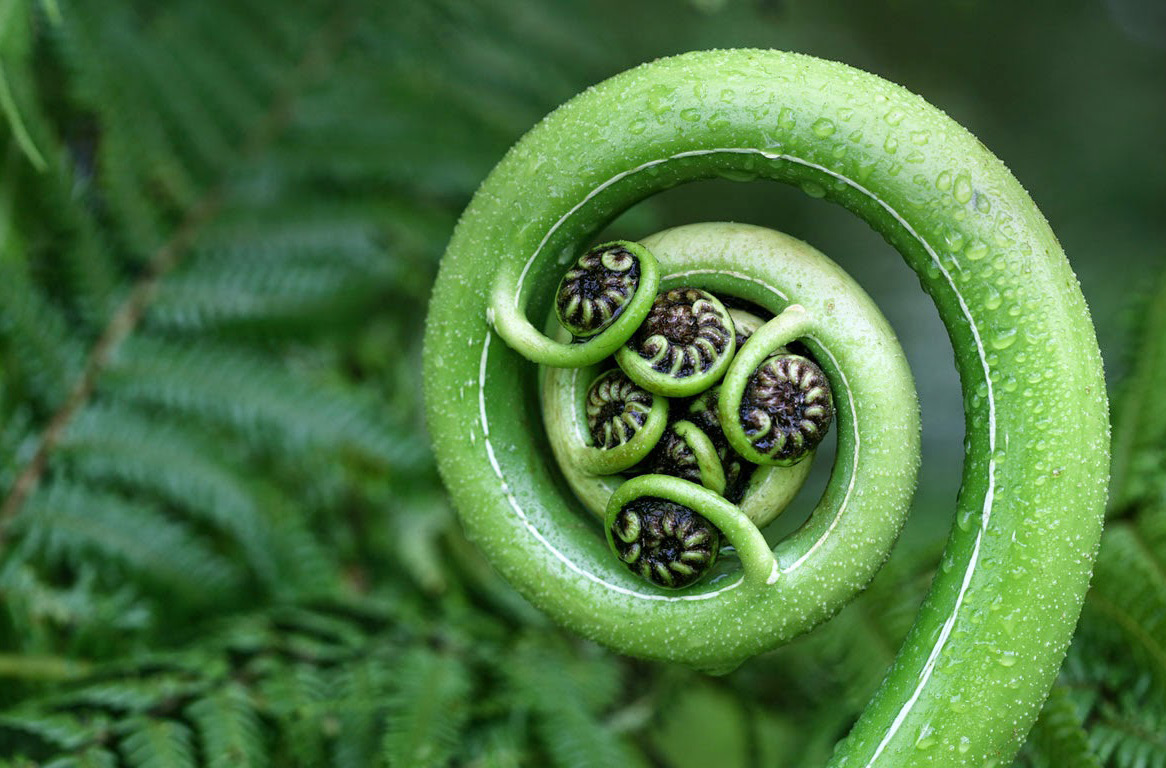Ferns
The use of ferns for decoration dates back several centuries
AT A GLANCE
- Thrive in a shady position
- Need moist, well-drained garden soil
- Require very little feeding
Selection
Different foliage ferns offer interest and enhance an otherwise dull lifeless shady corner of the garden.
Plant in large clumps in the shade of a large tree.
A few popular varieties that suit this situation are:
- Hen and Chicken fern (Asplenium)
- Blechnum varieties
- Raspberry fern (Doodia)
- Sheild fern (Polystichum)
- Ribbon fern (Pteris)
- Tree ferns (where height is required)
Where to Plant
To succeed with ferns, their natural habitat needs to be re-created with shade, moisture and shelter from draughts or drying winds. They enjoy a moist humid environment.
They are not fussy about the type of soil but it must be well drained. Dig in plenty of compost and well rotted organic material before planting.
Raise beds in clay soil to improve drainage.
When to Plant
Plant in autumn and spring. Avoid planting in mid summer or mid winter.
How to Plant
How your fern is planted depends on what type of fern it is.
Crown forming ferns, such as Shuttlecock fern (Belchnum discolour), need the old fronds cut away from the base. The planting hole should be to the depth of the ferns’ roots. Make sure the crown is flush with the soil surface when planted.
Running types, such as Alpine Water fern (Blechnum p marina), Hounds Tongue or some Prickly Rasp fern (Doodia) creep along the soil surface and do not form crowns. Make a shallow hole and lay the root in the hole, then cover with soil.
AFTER CARE
Watering
Ferns need to be kept moist and cannot be left to dry out. Regularly water, daily in summer. Reduce watering in winter. Overhead watering is best as this increases the humidity around the fern.
Feeding
Ferns don’t require a lot of feeding, but do benefit from an occasional liquid feed with a seaweed or fish fertiliser well diluted. You can also apply an organic fertiliser such as Tui Blood and Bone during the growing season.
Mulching
Mulch ferns in spring and summer to keep their roots cool and moist. Spread more mulch as it rots down.
Pruning
Remove old or dead fronds to keep ferns looking fresh. Each spring remove dead fronds as near to the base as possible to encourage new growth.

Pests and Disease
Scale Insects suck the plants sap and appear as small brown lumps on the stems. Spray with Conqueror Oil or Confidor.
Mealy Bugs are small white fluffy sucking insects that appear on the stems and around the base of the fern. They are hard to control. Spray with Confidor .
Aphids are small sucking insects that appear on new growth. Hose off, or spray with Confidor.
White Fly are small white insects that fly out of the fronds when disturbed. Spray with Mavrik.
Other Uses
Ferns are great in pots or hanging baskets, either indoors or outdoors.
Boston fern, Maidenhair ferns and Birds Nest ferns are popular indoor ferns.
Rabbits Foot ferns or Boston ferns are good for hanging baskets.
Refer to our article on ‘Container Gardening’ for more information.
8274